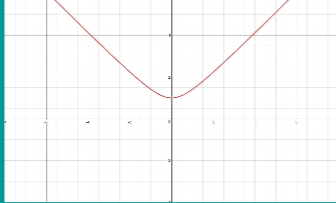Precalc flashcards 1-3
1/58
There's no tags or description
Looks like no tags are added yet.
Name | Mastery | Learn | Test | Matching | Spaced |
|---|
No study sessions yet.
59 Terms
Solving Linear equations & inequalities
isolate the variable
solving quadratic equations & inequalities
isolate zero
solving polynomial equations & inequalities
isolate zero
solving rational equations & inequalities
multiply by the LCD
Solving absolute value equations & inequalities
isolate the absolute value
Solving absolute value equations l a l =
a, if a > 0 ; -a, if a < 0
Solving absolute value inequalities l f(x) l > c means…
f(x) > c OR f(x) < -c
Solving exponential equations
isolate the power
Solving radical equations
isolate the radical
Solving logarithmic equations
Write as the log of one expression and then isolate the log
Solving trig equations
1) isolate the trig ratio 2) use zero product property 2) use a trig identity
To translate a graph up…
add a number
To translate a graph down…
subtract a number
To translate a graph right…
subtract a number “within”
To translate a graph left…
add a number "within"
To vertically stretch a graph
multiply by a number c (c>1)
To vertically shrink a graph
multiply by a number c (0<c<1)
f(x) + k
translates graph up k units
f(x) - k
translates down k units
k * f(x) , where k > 1
vertical stretch
k * f(x) , where 0 < k < 1
vertical shrink
f(x+h)
translates graph left h units
f(x-h)
translates graph right h units
To find x-intercepts
substitute 0 for y
To find y-intercept
substitute 0 for x
How to find inverse function
1) replace f(x) with y 2) switch x & y 3) solve for the new y 4) replace g(x) for the new y
Properties of inverse function
1) Symmetric with y=x 2) f(g(x)) = g(f(x)) = x 3) one-to-one 4) domain & range are interchanged
f(kx), where k >1
horizontal shrink
f(kx), where 0 < k <1
horizontal stretch
f(-x)
reflection across the y-axis
-f(x)
reflection across x-axis
-f(-x)
reflection through origin
f(lxl)
reflection of QI and QIV through y-axis (lose QII and QIII)
lf(x)l
Reflection of QIII and QIV through x-axis
1/f(lxl)
y→0+ ←→ y→+∞
y→0-←→ y→ -∞
y=0 ←→ y is undefined
f(h-x)
f(x+h) then replace x by -x (reflection of f(x+h) through y-axis)
lf(x)l defined as a piecewise function
f(x) for all x where f(x) => 0
-f(x) for all x where f(x) < 0
even function
a function that is symmetric to itself through the y-axis, f(-x) = f(x)
odd function
a function that is symmetric to itself through the origin -f(-x) = f(x)
f(x) = x
linear family
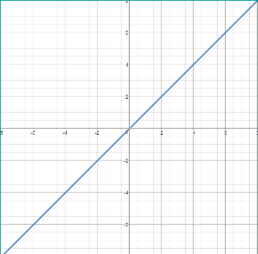
f(x) = x2, x4, x6,….
parabolic family
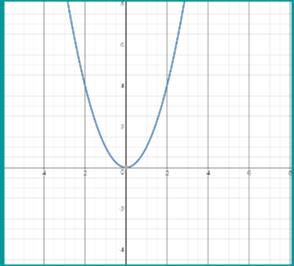
f(x) = x3, x5, x7,…
cubic family
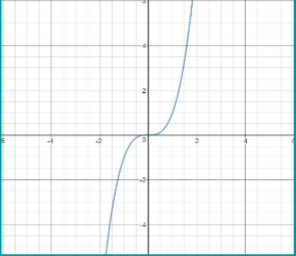
f(x) = x1/2, x1/4, x1/6…
square root family
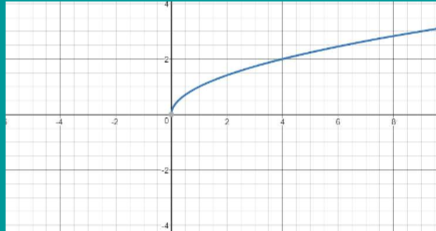
f(x) = x1/3, x1/5, x1/7 …
cubic root family
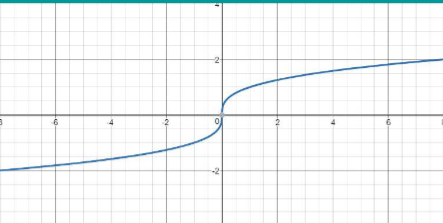
f(x) = x-1, x-3, x-5, …
rational function
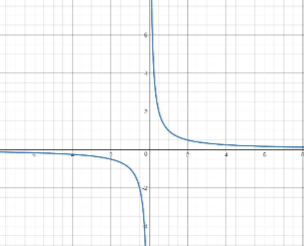
f(x) = x-2, x-4, x-6…
bell curve family

f(x)= x2/3, x4/5, x6/7, ….
bird family
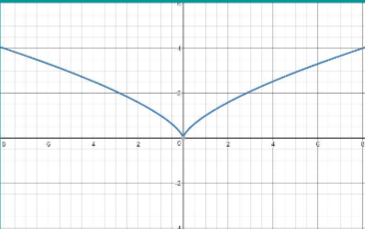
f(x) = [lxl]
greatest integer function
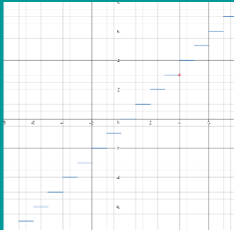
f(x) = lxl
absolute value
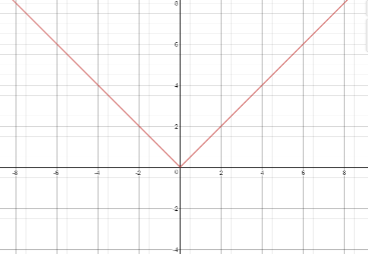
f(x) = ax2+bx+c
parabola family
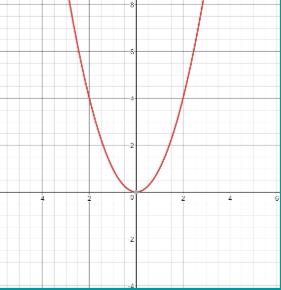
vertex of f(x) = ax2 +bx+c
Vertex → (h,k)
h = -b/2a
k = f(-b/2a)
f(x)= anxn + an-1xn-1+…+ a0 ; n is even
1) end behavior → parabola 2) intercepts 3) relative extrema (n-1) 4) symmetry
f(x) = anxn + an-1xn-1 + …+ a0 ; n is odd
1) outside behavior → cubic 2) intercepts 3) relative extrema (n-1) 4) symmetry

1) asymptotes 2) intercepts 3) symmetry 4) plot points, if needed
To find vertical asymptotes…
Set denominator of simplified rational expression equal to 0

To find horizontal asymptotes of rational functions…
n=m, horizontal asymptote at y = a/b
n<m, horizontal asymptote at y=0
n>m, no horizontal asymptote
f(x) = √(c-x2), c>0
circular function
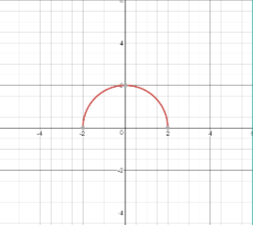
f(x) = √(x2-c), c>0
hyperbolic function
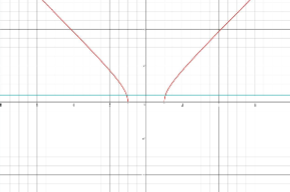
f(x) = √(x2+c)
hyperbolic function
